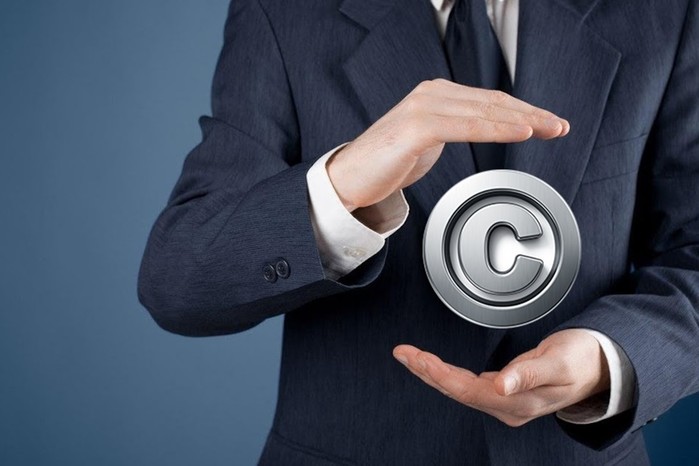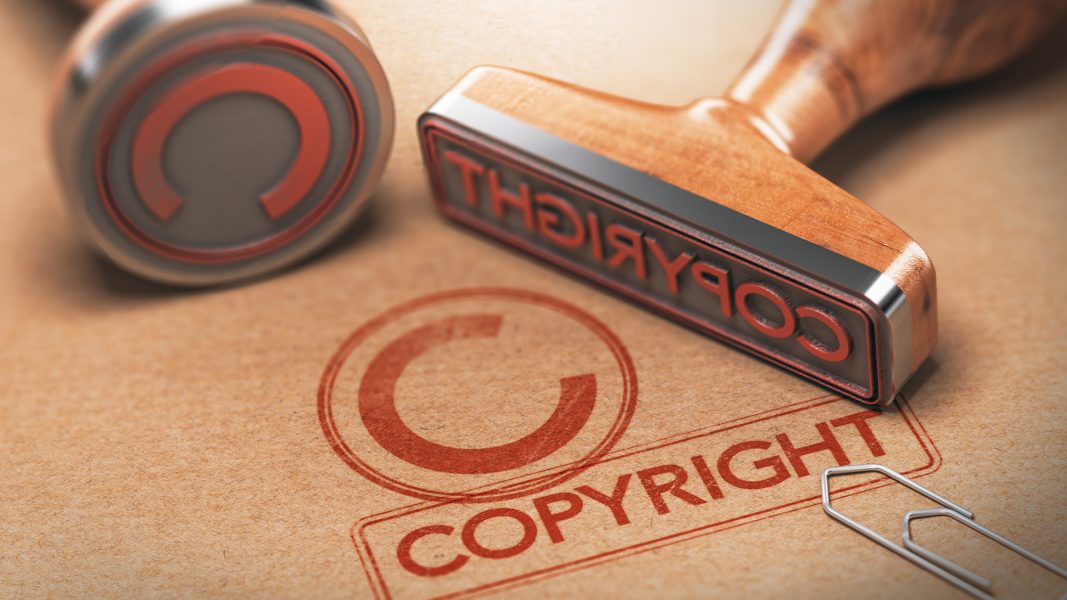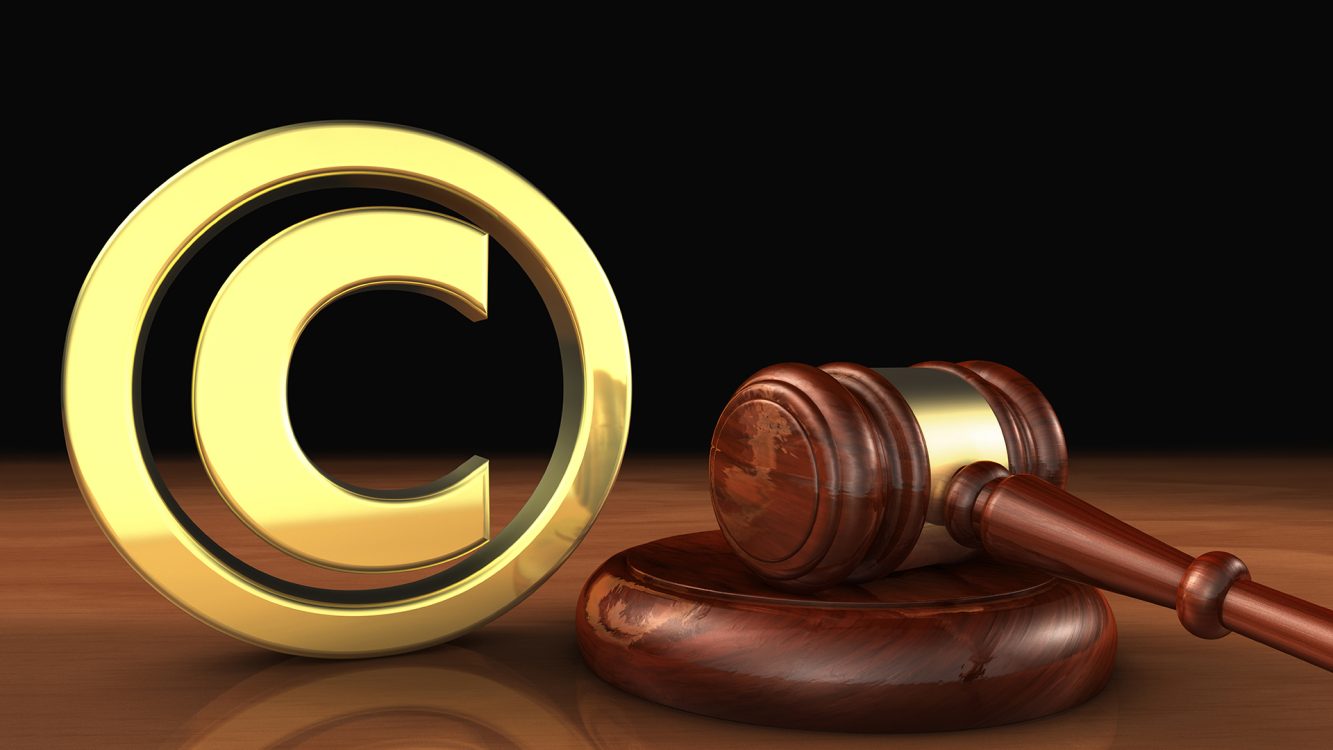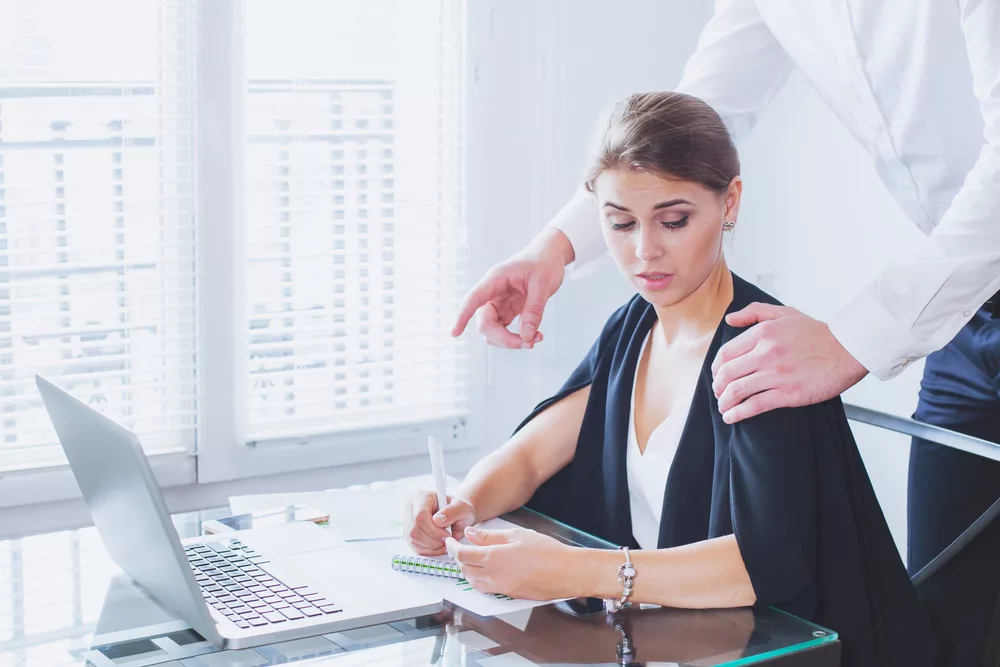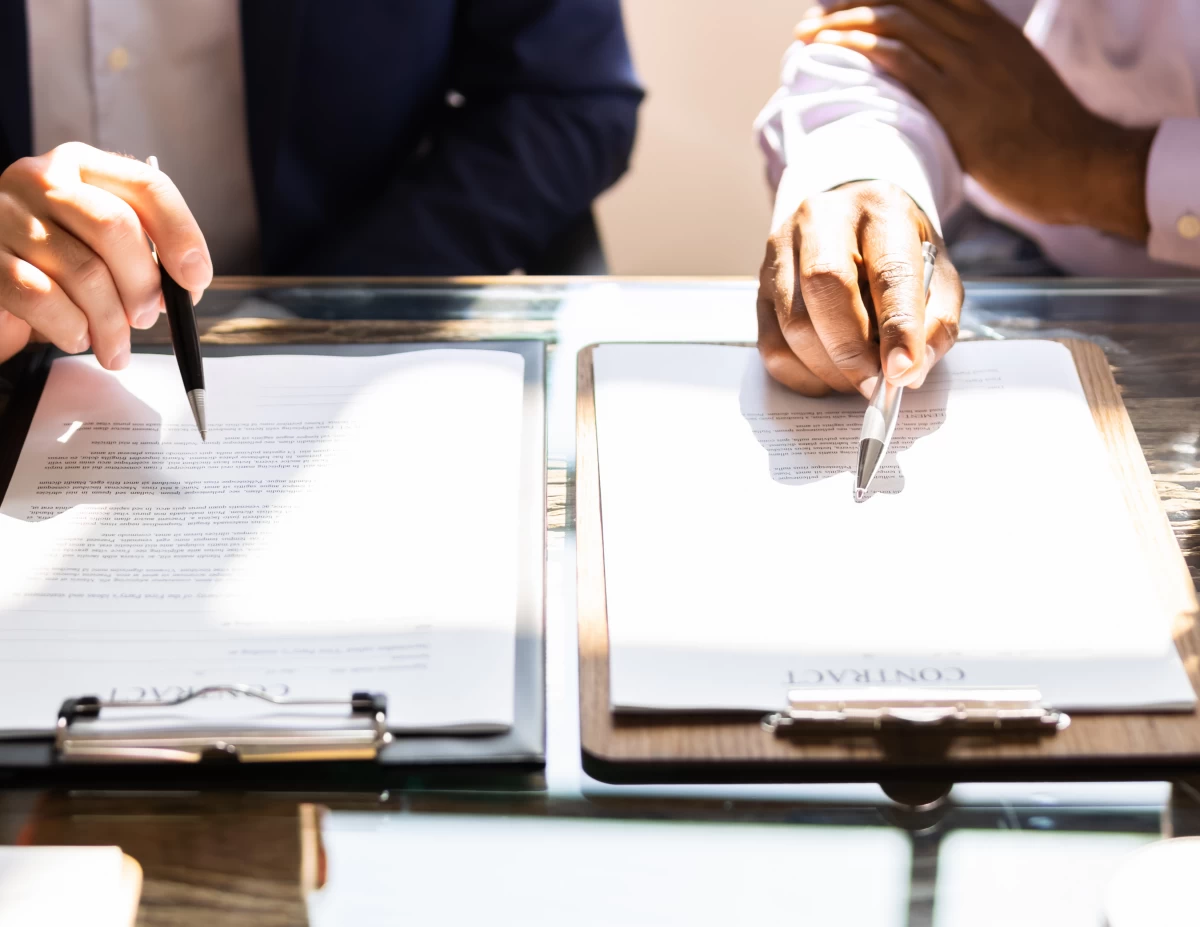In the realm of artistic expression, the ownership and management of unique ideas have become focal points of contention. As individuals and entities strive to protect their innovations, a complex landscape has emerged, shaped by various laws and regulations. This environment not only influences the way artists, musicians, writers, and filmmakers navigate their professions but also raises significant questions about fairness and accessibility in creative fields.
Challenges arise when the boundaries of originality are tested, prompting numerous disputes that can jeopardize both financial stability and reputations. The interplay between assertion and defense of rights often results in prolonged battles, consuming valuable resources and creating a chilling effect on the inventive spirit. As these confrontations unfold, the consequences can ripple through entire industries, altering the course of artistic practices and collaborative endeavors.
Moreover, the repercussions extend beyond the immediate parties involved, affecting audiences, businesses, and the cultural landscape at large. The intricate dynamics at play reveal the delicate balance between safeguarding individual expressions and fostering an ecosystem that encourages innovation. As we delve deeper into this subject, we will uncover the multifaceted implications of these legal struggles on artists’ journeys and the broader community that thrives on creative contributions.
Overview of Copyright Laws
This section provides insight into the framework designed to protect the rights of individuals who produce original works. The objective of these regulations is to ensure that creators retain control over their intellectual endeavors, thereby fostering an environment where innovation can thrive.
Key elements of these regulations include:
- Exclusive rights to reproduce and distribute works
- The right to display and perform works publicly
- Protection against unauthorized adaptations and transformations
These laws apply to a diverse array of artistic expressions, including:
- Literary works
- Musical compositions
- Visual arts
- Theatrical performances
- Film and multimedia productions
Furthermore, the duration of these entitlements varies, influenced by factors such as the date of creation and whether the work was published. It is crucial for individuals immersed in the arts to comprehend their rights and responsibilities under these legal provisions to navigate the complexities of their respective fields effectively.
Key Elements of Copyright Protection
The essence of safeguarding original works lies in several fundamental principles that define the rights and privileges granted to authors and artists. These principles establish the framework within which creative individuals can operate, ensuring that their innovations are respected and preserved.
Fundamental Rights of Creators
- Reproduction Rights: The ability to reproduce the work in various formats and distribute copies.
- Distribution Rights: The control over the sale and dissemination of the original work and its copies.
- Public Performance Rights: The privilege to perform the work publicly, whether in a physical location or via digital platforms.
- Derivative Works Rights: The authority to create adaptations or modifications based on the original creation.
Duration of Protection
The length of time that these rights are enforced is a critical aspect of safeguarding intellectual endeavors. In general, the protection period varies by jurisdiction, but it typically lasts for the life of the author plus a specified number of years, after which the work enters the public domain.
- For individual authors, it is often the life span plus 70 years.
- For corporate authorship, it may be a fixed term from publication or creation.
Understanding these key elements provides a foundational knowledge that is essential for anyone involved in the realm of creativity, ensuring they recognize the significance of legal protections available for their works. Staying informed about these aspects fosters respect for intellectual excellence and encourages a thriving cultural environment.
Common Cases of Copyright Infringement
This section explores frequent scenarios where individuals or entities encounter legal disputes concerning the unauthorized use of intellectual property. These instances highlight the complexities and challenges faced by those who create original works and those who use them without proper authorization. Understanding these cases helps emphasize the importance of respecting the rights of original authors and the potential consequences of infringement.
Typical Examples
Various situations can lead to legal challenges regarding the misuse of someone’s proprietary content. Below are some prominent examples often seen in different industries:
| Type of Work | Description | Key Case |
|---|---|---|
| Music | Unauthorized sampling or reproduction of songs without permission from the original artists. | Bridgeport Music, Inc. v. Dimension Films |
| Literature | Plagiarism in written works, including books, articles, and essays, where one author copies the ideas or text of another. | Harper & Row Publishers, Inc. v. Nation Enterprises |
| Visual Arts | Using images or graphic designs without the consent of the creator, often seen in advertising or online content. | Gordon v. Sofitel, USA, Inc. |
| Software | Distributing or using software programs without the appropriate licenses or permissions from the developers. | Oracle America, Inc. v. Google Inc. |
Consequences of Infringement
The repercussions of unauthorized use can be severe, impacting both the infringer and the original creator. Legal actions may result in hefty fines, injunctions, and damage claims, serving as significant deterrents to potential violators. Moreover, these incidents can tarnish reputations and diminish opportunities for collaboration within the respective industries.
Consequences for Creators in Litigation
Engaging in legal disputes can have substantial repercussions for individuals in the artistic and innovative fields. The outcomes of such confrontations often extend beyond mere financial implications, influencing reputations, productivity, and the overall creative journey.
Financial Ramifications
The monetary costs associated with legal actions can be overwhelming. These may include:
- Attorney fees and court costs
- Potential damages awarded to opposing parties
- Loss of income during extended legal proceedings
A creator may find their resources strained, diverting funds from projects that could contribute positively to their work or brand.
Reputational Effects
The perception of an individual involved in contentious matters can shift dramatically. Consequences may involve:
- Loss of credibility among peers and audiences
- Negative media coverage that tarnishes public image
- Strain in professional relationships and collaborations
An adverse reputation can hinder future opportunities, making it challenging to pursue new endeavors or retain existing partnerships.
Impact on Productivity
The mental and emotional strain during a dispute can impede a person’s ability to create. Challenges may include:
- Reduced focus on artistic pursuits
- Increased stress and anxiety levels
- Disruption of creative workflows
Such factors can lead to a decline in output and hinder the progression of personal projects, affecting long-term aspirations and career growth.
In summary, engaging in disputes can have far-reaching effects on individuals in creative fields. Awareness of these potential consequences can empower them to navigate their paths more strategically.
Strategies for Protecting Intellectual Property
In an increasingly competitive landscape, safeguarding imaginative work is essential for individuals and businesses alike. Implementing effective approaches can significantly reduce the risk of unauthorized use and ensure that innovation is recognized and rewarded.
Here are some effective strategies for safeguarding your intellectual assets:
- Register your work: Ensuring your creations are formally recorded provides legal backing and may enhance your ability to take action against infringement.
- Use non-disclosure agreements: When collaborating with others, utilize contracts to protect sensitive information and maintain confidentiality.
- Monitor the market: Regularly check for potential infringements by conducting thorough market audits and utilizing digital tools to track unauthorized use.
- Educate your team: Ensure that everyone involved understands the importance of intellectual property and the measures to protect it.
- Establish a clear IP policy: Draft a policy outlining how intellectual assets are created, used, and protected within the organization.
- Engage legal counsel: Consult with professionals experienced in intellectual property law to navigate complex regulations and ensure compliance.
Implementing these practices can create a robust framework for protecting creative works, fostering a culture of respect for innovation.
Future Trends in Copyright Enforcement
The landscape of protection for artistic works is evolving rapidly, influenced by technological advancements and shifting societal norms. As creators navigate this dynamic environment, new strategies for safeguarding their intellectual property are emerging, reflecting both challenges and opportunities in the digital age.
Automation of Monitoring is set to become a primary tool for rights holders. Automated systems utilizing artificial intelligence will facilitate the detection of infringements across vast platforms. This advancement promises quicker responses to unauthorized use, enabling artists to maintain more control over their creations.
Legislative Reforms may also reshape the framework of protection in the coming years. Governments are likely to adapt existing laws to better align with contemporary issues, such as digital piracy and the sharing economy. This could lead to clearer guidelines for accountability and responsibilities for platforms hosting creative works.
Furthermore, collaboration between artists and technology companies is anticipated to strengthen enforcement measures. Partnerships could foster innovative solutions to protect original content while simultaneously providing fair compensation models for creators. This collaborative approach aims to balance the interests of all stakeholders involved.
Lastly, global harmonization of protection standards may emerge as a key trend. As digital works cross borders with ease, there will be an increasing push for unified regulations that safeguard artistic expressions universally. This movement could simplify the legal landscape for artists working internationally, fostering a more equitable environment for creators around the globe.
Q&A: Copyright litigation
What is copyright litigation, and how does it differ from other types of legal disputes?
Copyright litigation refers specifically to legal actions taken to enforce copyright laws, which protect the rights of creators over their original works. Unlike other legal disputes, such as contract disputes or personal injury cases, copyright litigation focuses on the unauthorized use, reproduction, or distribution of creative works. The primary aim in copyright cases is to determine whether infringement has occurred and, if so, to seek remedies such as damages or injunctions. Understanding the nuances of copyright litigation is crucial for both creators and businesses to navigate the complexities of intellectual property law.
How does copyright litigation affect creators, both positively and negatively?
Copyright litigation can have a significant impact on creators. On the positive side, it provides legal recourse for those whose works have been infringed, allowing them to protect their intellectual property and seek compensation. Successful litigation can also reinforce a creator’s market position, sending a message that their rights will be defended. On the negative side, the process can be costly, time-consuming, and emotionally draining. Small creators may find it particularly challenging to pursue litigation due to financial constraints, which can lead to feelings of disempowerment in the face of larger entities that may infringe on their rights. Thus, while copyright litigation can offer protection, it also presents potential hurdles for many creators.
What are common examples of copyright infringement that lead to litigation?
Common examples of copyright infringement that may prompt litigation include unauthorized reproduction of music, films, artwork, or written content. For instance, a popular case involved a musician suing another artist for using their melody without permission. Other instances include the unauthorized streaming of movies or TV shows online, as well as the illegal distribution of e-books or software. Infringement can occur in various forms, such as copying, distributing, or adapting a protected work without obtaining the necessary permissions or licenses. These situations often necessitate litigation to resolve disputes and protect the rights of the original creators.
What steps should a creator take if they believe their copyright has been infringed?
If a creator believes their copyright has been infringed, they should first gather evidence of the infringement, such as screenshots, timestamps, or copies of the infringing work. Next, they may consider contacting the infringer directly to address the issue and seek a resolution, such as a licensing agreement or removal of the infringing material. If this approach fails, the creator can consult with a copyright attorney to understand their legal options. This could lead to sending a cease-and-desist letter or, if necessary, pursuing formal litigation. It’s essential for creators to act promptly as there are time limits within which they must enforce their rights.
Can copyright litigation deter future infringement, and if so, how?
Yes, copyright litigation can serve as a deterrent against future infringement. When a creator successfully litigates against an infringer, it sends a strong message to others about the enforcement of copyright laws. Legal victories can set precedents that contribute to a clearer understanding of what constitutes infringement, potentially discouraging others from engaging in similar practices. Moreover, the financial penalties and reputational damage associated with losing a copyright lawsuit can further dissuade individuals and businesses from misusing copyrighted materials. Thus, by pursuing litigation, creators not only defend their rights but also help to foster a culture of respect for intellectual property.
What is copyright infringement, and when does it occur?
Copyright infringement occurs when someone uses a copyrighted work without authorization, violating the exclusive rights of the copyright holder. This includes reproducing, distributing, or creating derivative works without permission of the copyright owner.
What legal action can a plaintiff take in a copyright infringement case?
A plaintiff can file a lawsuit in federal court for copyright infringement, seeking statutory damages, attorneys’ fees, and injunctive relief to stop the unauthorized use. They may also pursue claims under the Digital Millennium Copyright Act (DMCA) for online infringements.
How does fair use apply to claims of copyright infringement?
Fair use is a defense in copyright infringement cases that allows limited use of a copyrighted work for purposes such as commentary, criticism, or education. Courts determine whether fair use applies by considering factors like the purpose of the use and the impact on the market for the original work.
What role does the U.S. Copyright Office play in infringement litigation?
The U.S. Copyright Office manages copyright registration, which is necessary before a copyright owner can file a lawsuit for infringement in federal court. While copyright registration is not required to own a copyright, it strengthens the copyright holder’s legal position.
How do courts determine substantial similarity in copyright infringement cases?
Courts assess substantial similarity by comparing the copyrighted work and the alleged infringer’s work in question. If the two works are found to be substantially similar in their expression, a copyright infringement lawsuit may proceed to determine liability for copyright infringement.
